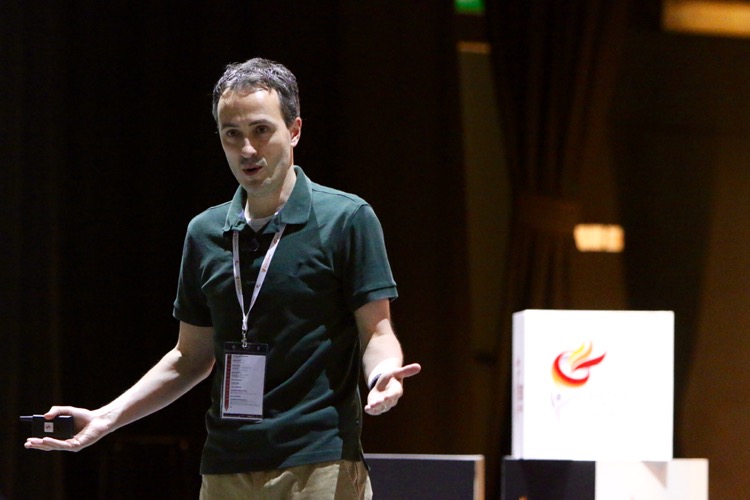
Dr Sean Cumming speaking at the Youth Athlete Development Conference. Dr Cumming is a senior lecturer in sport and exercise science at the University of Bath. His research focuses on growth and maturation in the context of sport and exercise. Sean has worked in research and consultancy roles for a number of governing bodies and professional clubs including, the Premier League, Football Association, Lawn Tennis Association and Bath Rugby. (Photo 1 courtesy of NYSI)
*SCAPE, Friday, November 4, 2017 — We have all seen it before – two boys of the same age but one is much bigger than the other. Why? The rate of biological maturation – the two boys grow at different rates. The result? The early developer is usually chosen for the school team over the late developer.
This was the topic raised by Dr Sean Cumming at the Youth Athlete Development Conference organised by the National Youth Sports Institute (NYSI). Over 200 professionals, educators, and administrators from the youth sports industry turned up for the conference.
In his research, Dr Cumming found that there was selection bias with the onset of puberty, and it increases with age and the level of competition. He found that early developers were usually picked for American Football, Soccer, Rugby, Tennis (boys and girls), and Triathlon (boys).
“It is important to know who are our early and late maturers and have specific activities for each group. Dr Cumming’s study of bio-banding has benefits for Singapore. Matching athletes by biological maturity rather than chronological age will allow us to ensure that we keep our talented late developers engaged in sports,” said Dr Esther Chia, NYSI’s Head of Talent Identification and Development.
Dr Cumming also raised some growing concerns in youth sports.
“Physically gifted (early maturing) athletes play to their strengths, neglecting technical and tactical development. Less physically talented (late maturing), yet equally talented athletes, are overlooked or excluded too early,” he said.
Dr Cumming highlighted the example of English footballer Harry Kane as a late developer.
“I was small for my age. I was a late developer. It’s hard to call a player at such a young age. After that I went to Spurs when I was 11. As I got older and older, I grew up a bit, caught up to the rest of the players my age and it went from there, really,” Harry Kane was quoted as saying.
Former Manchester United manager, Sir Alex Ferguson, also mentioned the issue in his 2015 autobiography, “Leading – Learning from Life and My Years at Manchester United”.
“The biggest risk was that we had erred in our assessment of a particular boy and could have used his slot to work with a more talented youngster. We had to wait a little longer to see the real potential in some boys, because not everyone’s physique develops at the same rate,” wrote Sir Ferguson.
Some English Premier League clubs – Stoke, Watford, Southampton – are trialing bio-banding in their youth academies to help both their early and late developing youth footballers.
James Bunce, Premier League Head of Sports Science, said, “It (bio-banding) just creates a new challenging environment. If we can keep manipulating the football environment throughout the football academy system, players will hopefully develop different skills, attributes, technical, and tactical abilities.
“Alex Oxlade-Chamberlain is a prime example of where this kind of (bio-banding) theory would have worked. Alex was a very late maturing player, technically very impressive even from a younger age, but you could tell straightaway that he was lacking in his physical development.
“So with Alex and his family, and the club, we decided we would play him another year with a younger age group where he could thrive technically, and also have time to catch up with his other counterparts in his age group. Once that physicality came with Alex, the rest is history, and he went on to do other things quickly.”
Knowing whether you are dealing with an early or late maturing athlete also has other benefits.
“Separating early and late maturers reduces the rate of injuries. It also facilitates greater social interaction amongst youth athletes,” said NYSI Physiologist, Dr Haresh Suppiah.
NYSI is an agency under the Ministry of Culture, Community and Youth and was set up in Nov 2015 to make a positive impact on the Singapore youth sports ecosystem.
More photos next page


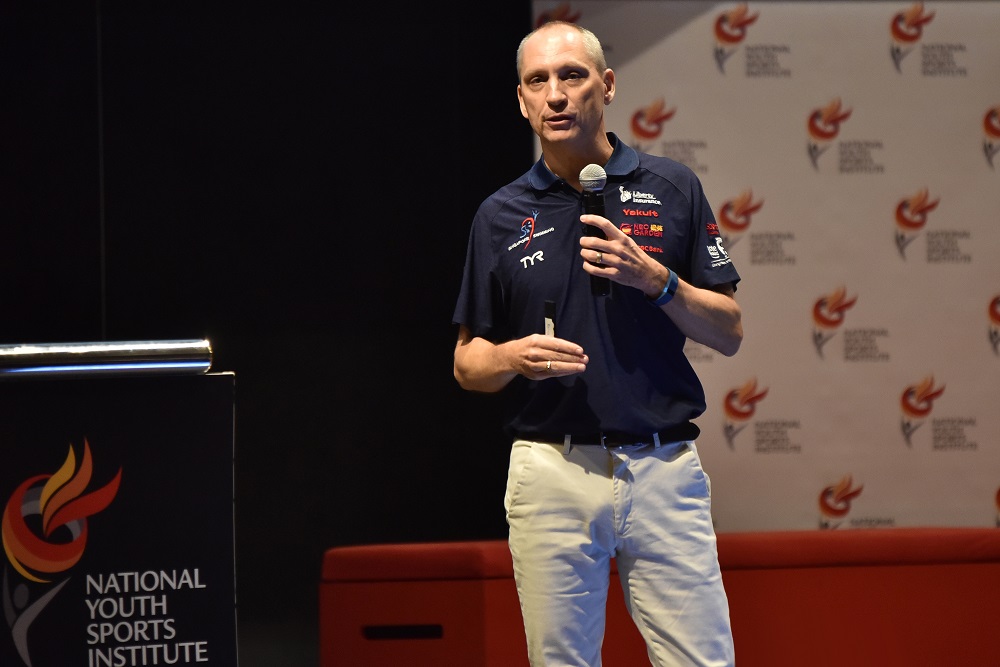
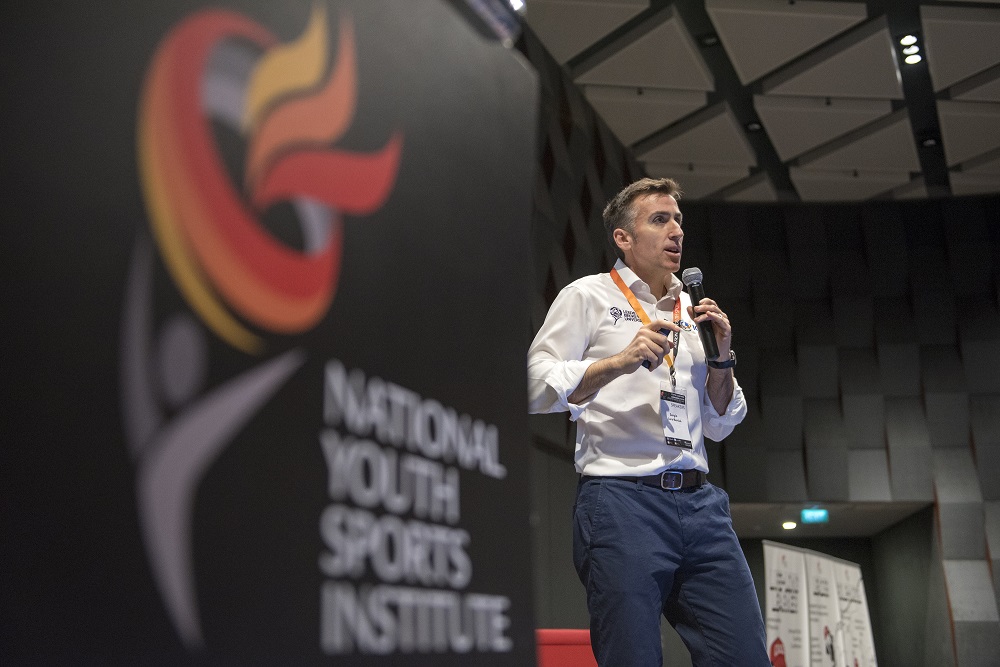

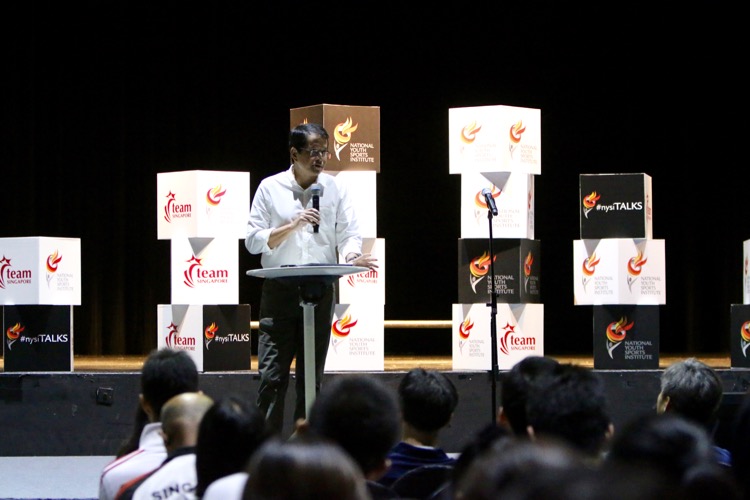
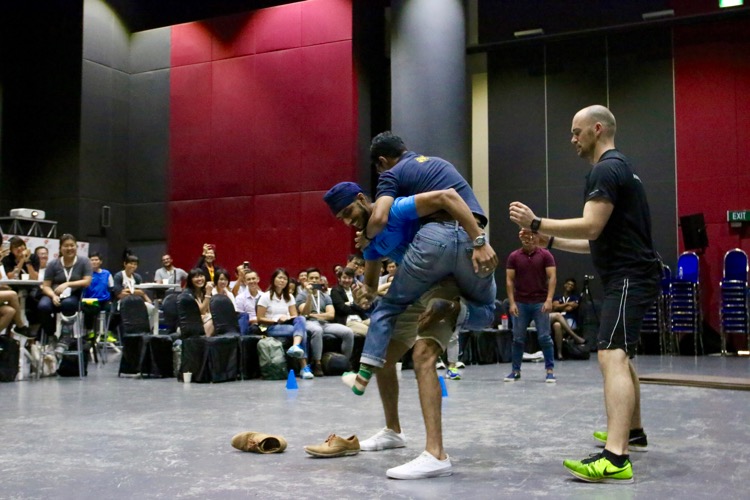

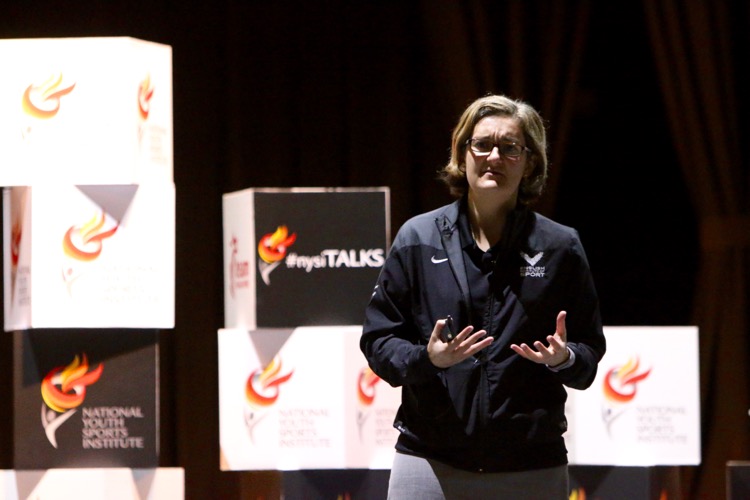
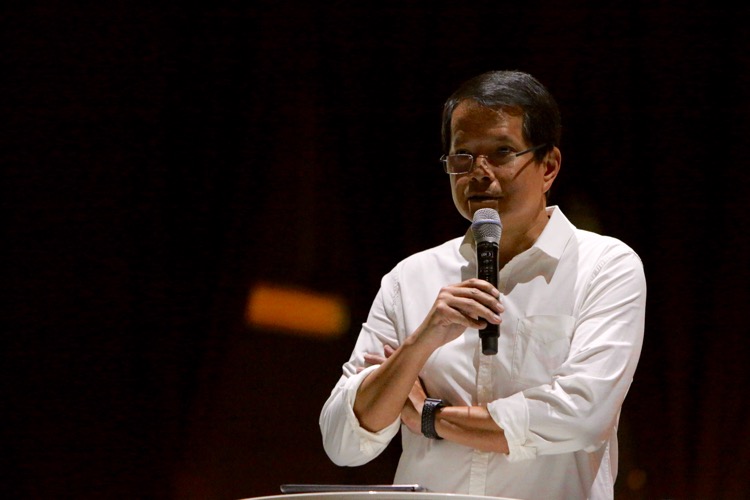
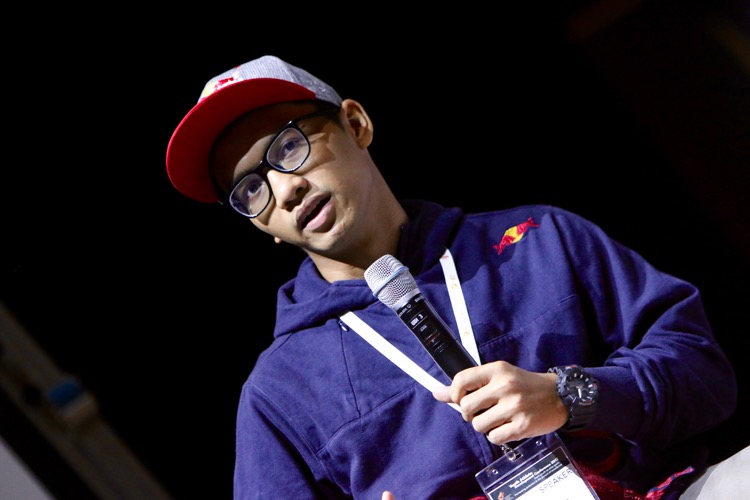
Leave A Comment